After spending one night at a campground in Queen Elizabeth Park we drove towards the southwest tip of Uganda to the town of Kisoro. There we stayed for three nights at the Virunga Hotel, which offers both hotel rooms and tent camping facilities. We opted to tent camp and were lucky to have nice weather with cool mornings and evenings and warm afternoons each day with no rain. The water for the showers was heated by a wood fire burning beside the water tank. Camp showers with hot water are a luxury we have learned to really appreciate on this trip. Kisoro was our home base for gorilla trekking, the activity we were most looking forward to in Africa. Our group of 18 was split so that half did the gorilla trek on Saturday and half went on Sunday. We were in the Sunday group so we used our free day on Saturday to make a day trip to the bordering country of Rwanda.
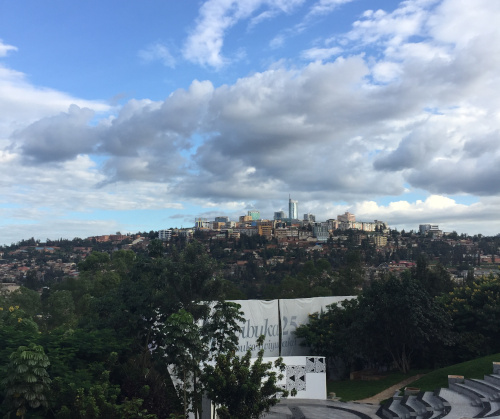
Six of us piled into a van with a guide for the day trip. After crossing the border, which involved having our temperature taken and washing our hands for a UN medical check tent, we entered Rwanda and headed to the capital of Kigali for a city tour. Our visit took place on Rwanda’s once a month mandatory “cleaning day” holiday (locally known as Umuganda) where everyone in the city works to help clean the streets and outdoors. Every able bodied person from age 16 to 65 is required to participate. It is basically a mandatory community-wide cleanup. We also visited during their observance period of the 25 year anniversary of the period in time during which the horrible genocide took place in Rwanda. There were signs all over the city that said “Kwibuka25” which means ‘to remember’ and describes the annual commemoration of the 1994 genocide. You can read more about the genocide at this link.
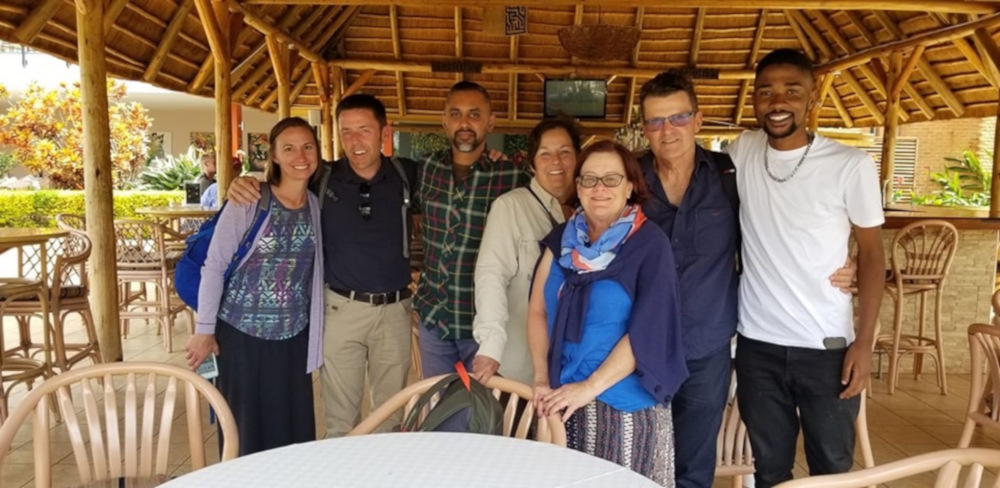
Our first stop in Kigali was to have lunch at the Hotel des Mille Collines, which is well known as the hotel featured in the movie “Hotel Rwanda.” If you have not seen this film I recommend it although it is very violent and difficult to watch, it is based on true events. The hotel was beautiful with a gorgeous swimming pool and outdoor dining area where we enjoyed a nice lunch and some drinks. Kigali is a very modern city and we could not get over how neat and clean it was. Most people riding motorcycles were also wearing helmets, which we had not seen much in neighboring countries.
After lunch we stopped at some local markets for some shopping and then went to the Kigali Genocide Memorial Museum. This museum serves to document and educate people about the horrific genocide that occurred in Rwanda in 1994. The museum also serves as a mass burial site for some 250,000 victims that died in the genocide. While this was not a fun activity, it was highly educational and something I would recommend to anyone as it explains in a clear and detailed way the history, events, and outside influences that led up to an estimated 800,000 people being viciously murdered solely based on their ethnicity over a period of 100 days. These are relatively recent events and it is important to learn about how the unthinkable could happen to prevent future tragedies. The biggest lessons I took away are that any type of hate speech in the media is extremely dangerous and that labeling and degrading any group of people as bad or lesser based on their ethnicity, religion, etc. is also extremely dangerous, yet it seems to keep happening all over the world.
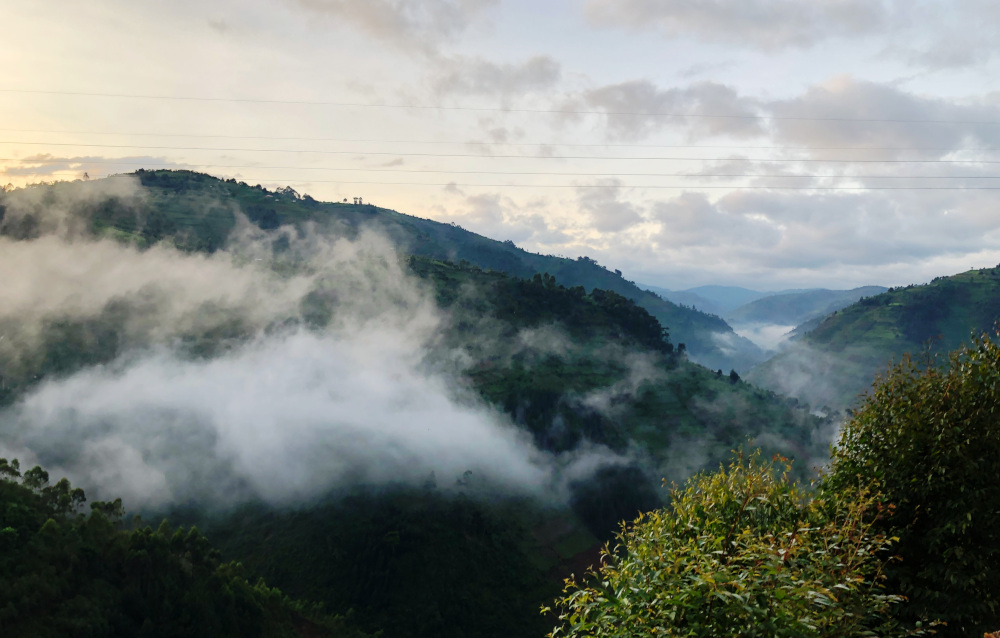
On Sunday it was our turn to go gorilla trekking. Our cook gave us each a picnic lunch and we set off with the recommended supplies of gloves, 1.5 liters of water, insect repellent, and of course our cameras. When we arrived at Bwindi Impenetrable Forest National Park we met our guide and were given a briefing on the mountain gorillas, which are critically endangered and are only found in two populations in the Virunga Volcanoes Park of Rwanda, Uganda, and the Democratic Republic of Congo and in Uganda’s Bwindi Impenetrable Forest. They estimate the current gorilla population in Bwindi to be around 450. The gorillas typically live in families of ten or so and certain gorilla families have been habituated by the Ugandan Wildlife Association, a process that takes around five years, so that they can be visited by humans within certain guidelines with minimal risk.
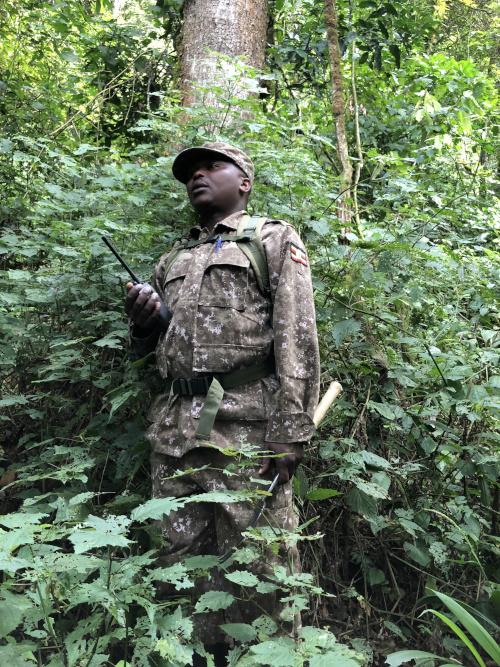
We were given the option to hire a porter, which we did since the porters are local people who at one time were poachers but now work and earn money through the conservation efforts for the gorillas by being porters for tourists. We were given walking sticks and our porter George carried our daypacks for us and we set off on the trek. We were also accompanied by our guide and two armed guards, who were there to fend off any threats from wildlife if needed. It took us just over an hour to locate the gorilla family we were tracking, which was quite lucky as sometimes it can take four or more hours to find them. When we first approached the adult female gorilla made some loud noises and charged toward us through the bushes. I was rather terrified but our guides did not seem alarmed and after that one outburst the gorillas were docile and playful while we watched them. I have a feeling she was just letting us know who was in charge.
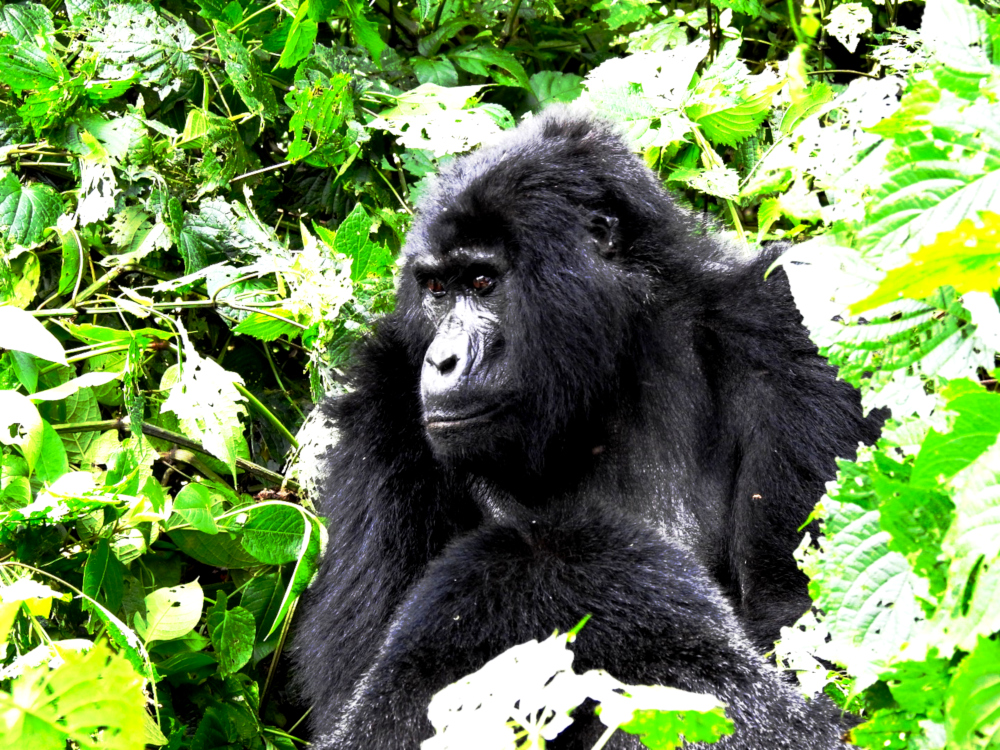

The mighty male silverback of the family sat in the forest eating most of the time we were in his presence. To see his facial features and massive hands and body at close range was just incredible. He allowed us to watch him and take photos for a while and then he would move over a few feet to find a new bush to munch on. Soon the silverback was joined by a baby gorilla that playfully climbed up a tree and appeared to strike poses and beat on his small chest, almost as if he was showing off.
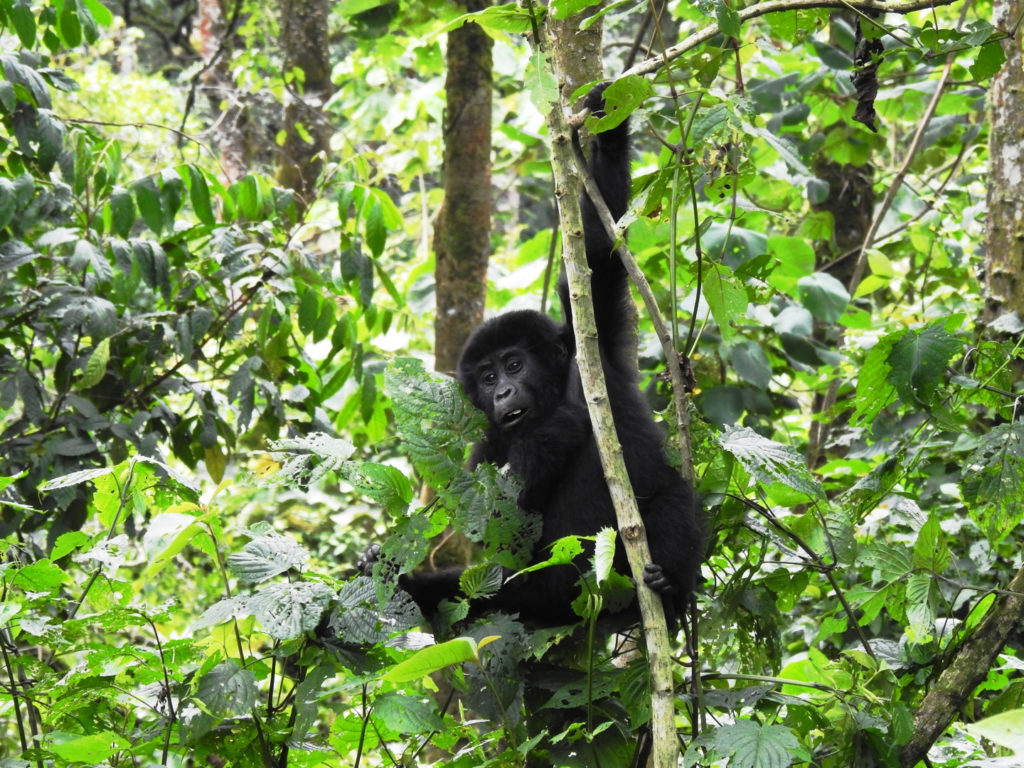
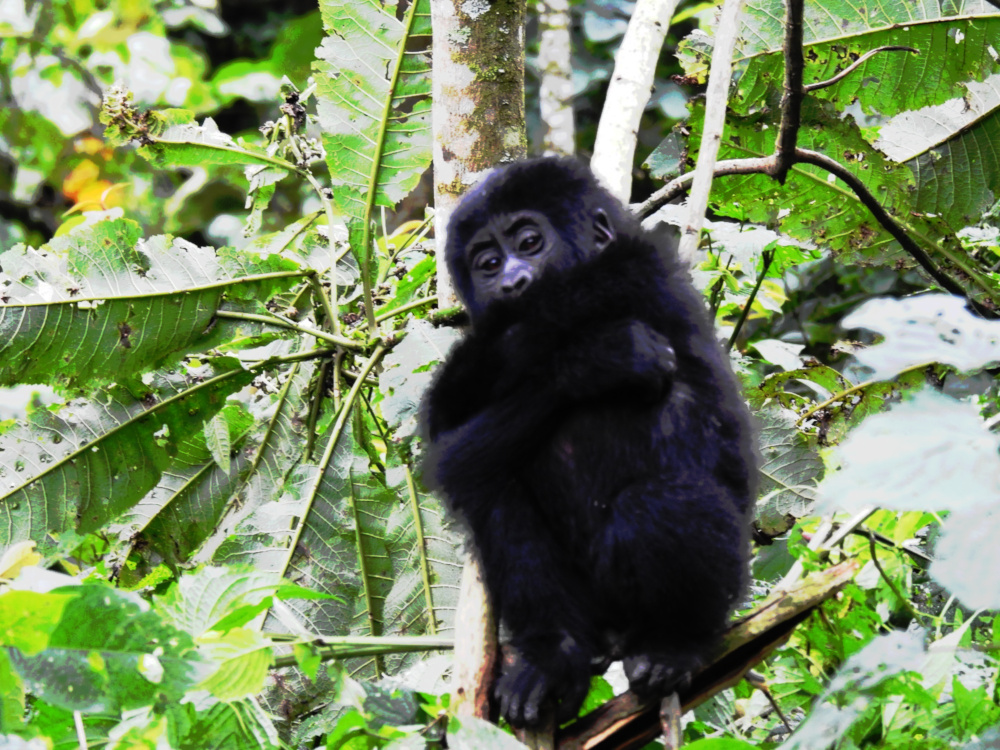
The baby was joined by another baby gorilla and they wrestled and tumbled around together looking like they were having a wonderful time. We also saw two adult females. One was laying down enjoying a nap and the other was sitting up with the babies watching them play together and eating from the nearby bushes.
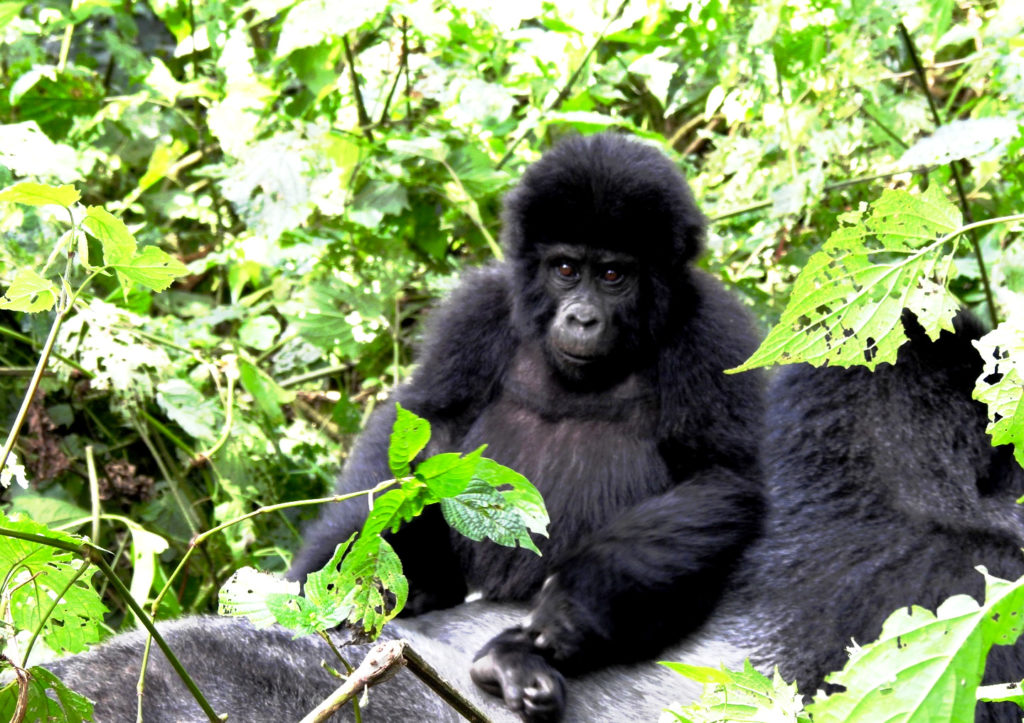
We were allowed to spend an entire hour sitting close to the gorilla family and observe them from as close as six feet away. The gorillas were magnificent to see in person. Just watching them was an absolute joy. After our one hour visit with the gorilla family ended, we began the trek out of the forest. On the way out we spotted an adult male and female from a second gorilla family off in the distance looking at us as we walked down the path. To see two gorilla families in one day was exceptionally lucky.
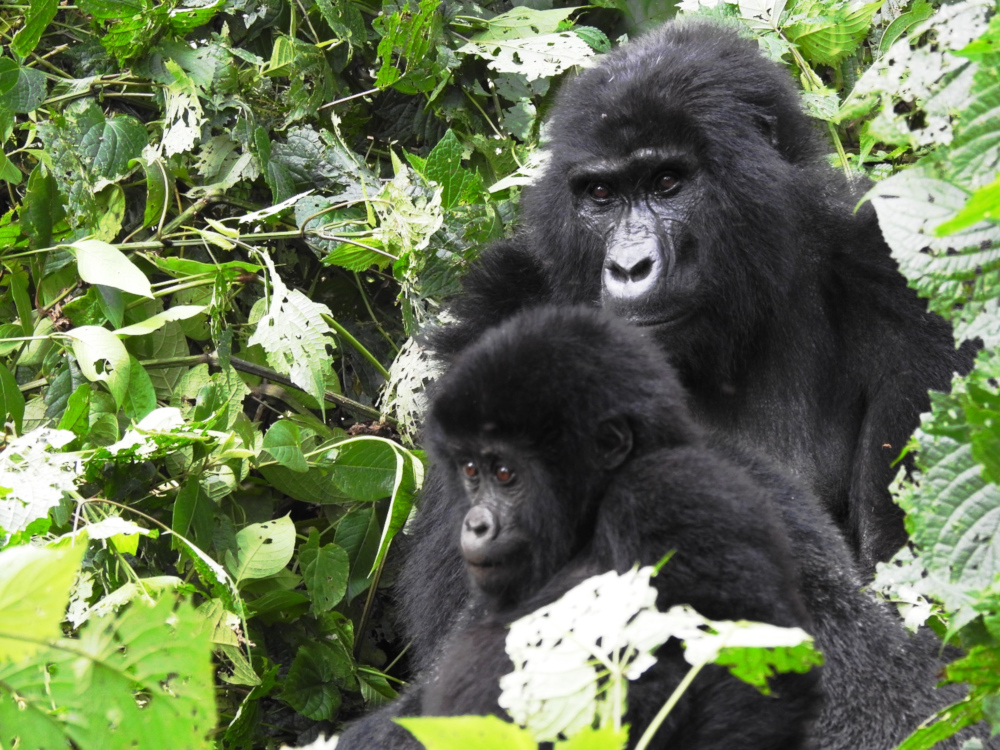
Gorilla trekking permits in Uganda run around $600 and much of the money goes toward conservation efforts to save the habitat of the gorillas. There is pressure from some in the local community to use more of the forest the gorillas live in for human activities, such as agriculture. The trekking is an extremely well run operation and they limit visits to each habituated gorilla family to one group of less than 10 people per day. I would highly recommend this experience to anyone who loves seeing animals in the wild and is up for a potentially tough trek through the forest as it was just incredible. I am thankful for everything Uganda is doing to protect the beautiful forest for the gorillas to live in and was pleased to learn that the gorilla population has grown some in the last ten years.
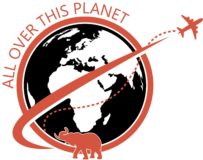


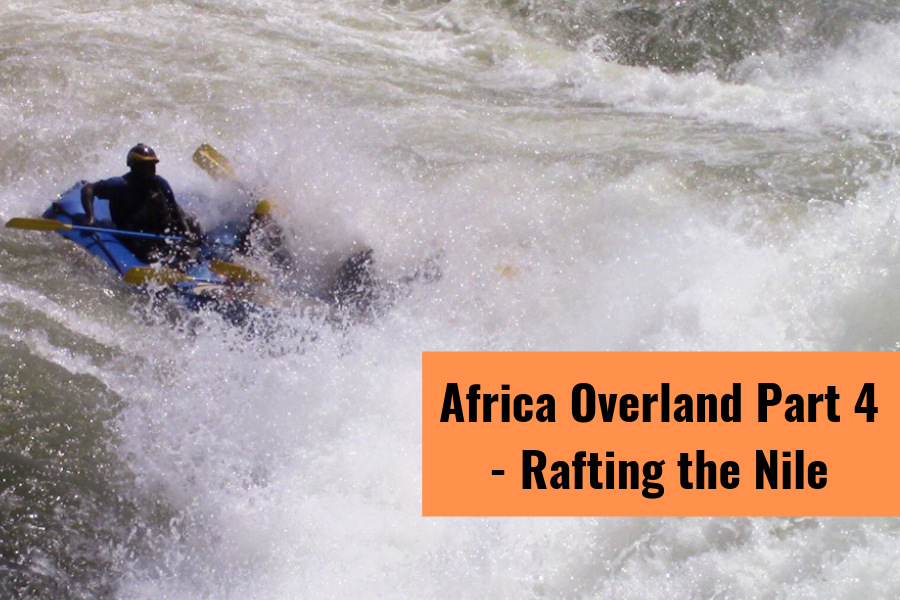
Very enlightening! Dian Fossey would be pleased that conservation efforts are being partially financed by these treks.
Will have to watch Hotel Rwanda!
I have no words for how special that looks! Your photos of the gorillas are incredible. They are truly amazing creatures. What a treat! Thank you for sharing this adventure.
Thanks so much, Kim! It truly was amazing to see them up close. An unforgettable experience! Hope you guys are doing great!